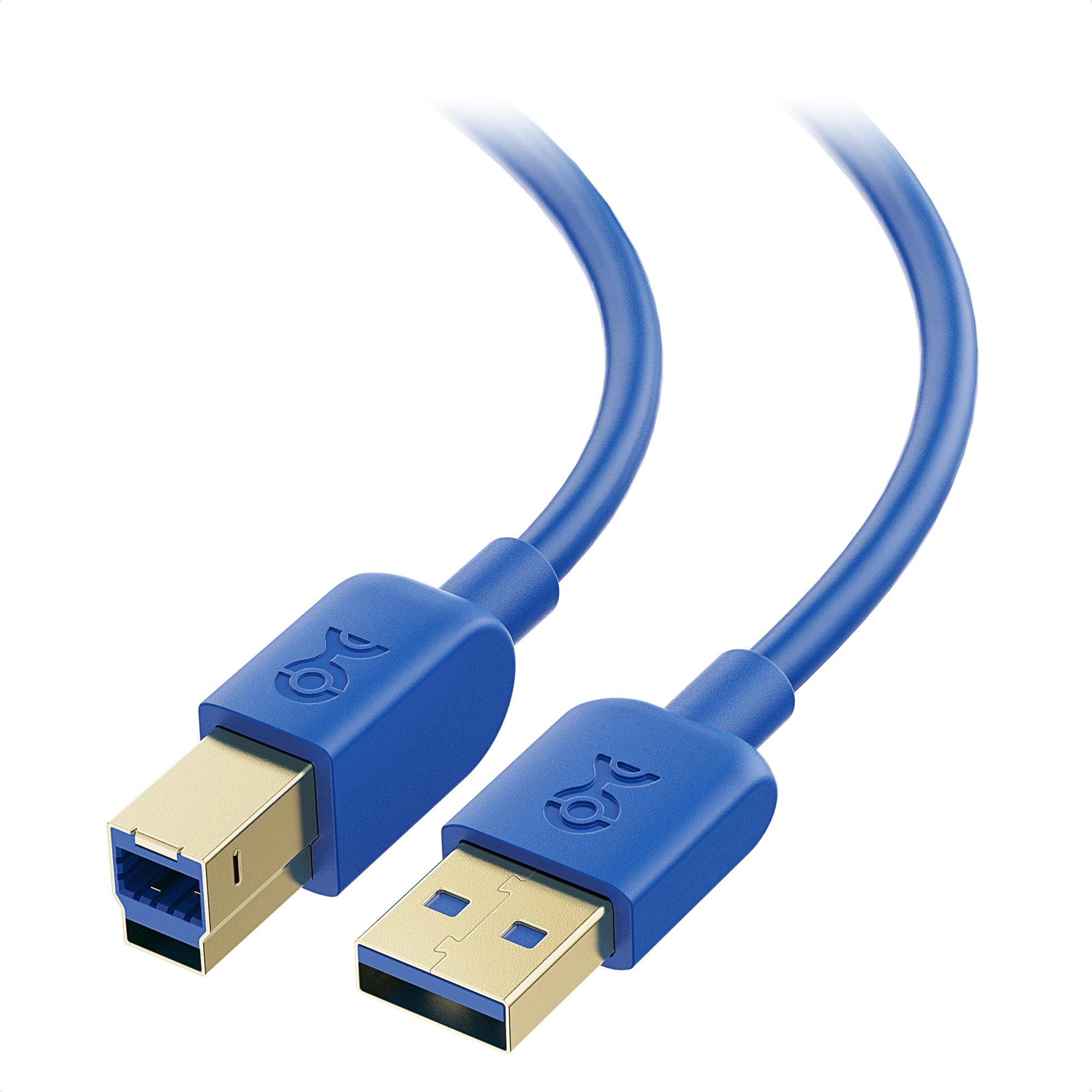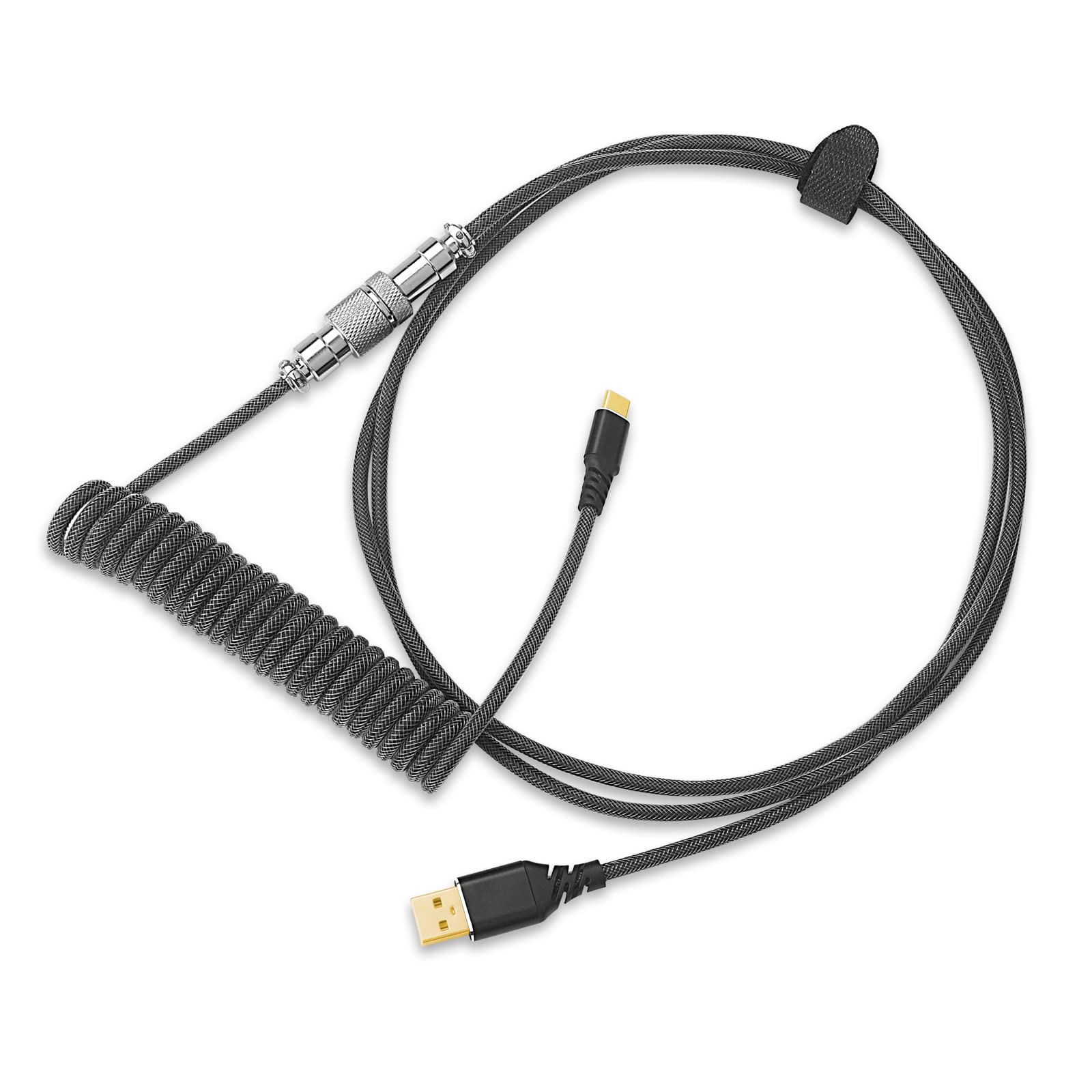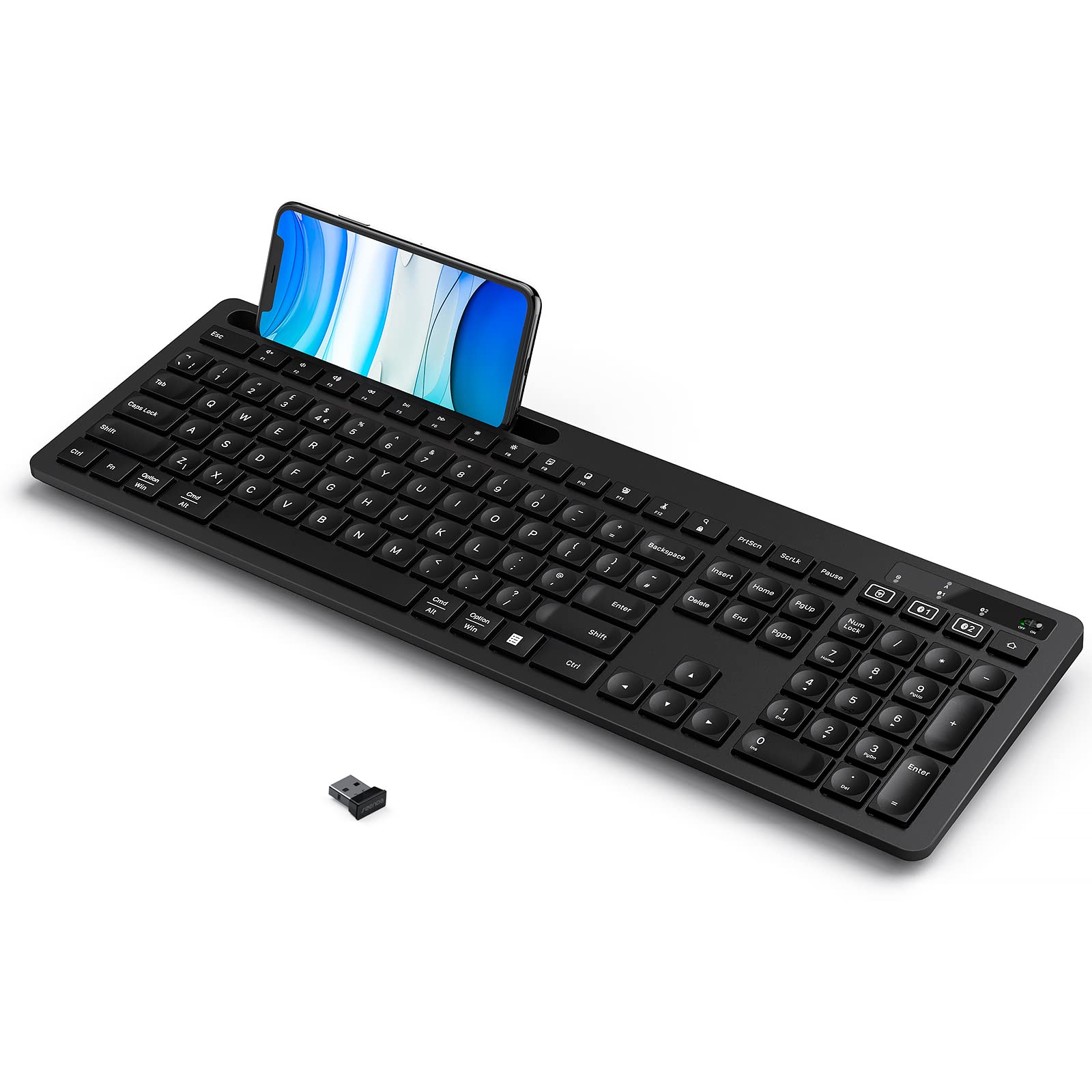Have you ever experienced the frustration of your keyboard disconnecting and reconnecting randomly?
Adjust Power Saving Settings
1. Open the Control Panel on your computer. You can do this by clicking on the “Start” menu and typing “Control Panel” in the search bar, then selecting it from the search results.
2. In the Control Panel, locate and click on the “Power Options” or “Power Management” icon.
3. Within the power options settings, you should see a list of power plans. Select the plan that is currently active or the one you want to modify.
4. Look for the “Advanced Power Settings” or a similar option. Click on it to open the advanced settings window.
5. In the advanced settings window, there should be a section dedicated to the power settings of your input devices. Look for options related to your keyboard power management.
6. Expand the keyboard power management options by clicking on the arrow next to it. You may find options like “Allow this device to wake the computer” or “Allow the computer to turn off this device to save power.”
7. Adjust the settings according to your preferences. If you’re experiencing random disconnecting and reconnecting issues, it is recommended to disable any power-saving options for your keyboard. Uncheck the boxes that enable the power-saving features.
8. Click “Apply” or “OK” to save the changes.
Update or Reinstall Drivers
If your keyboard is randomly disconnecting and reconnecting, it may be due to outdated or corrupted drivers. This can be easily resolved by updating or reinstalling the drivers. Here’s how you can do it:
1. Open the Device Manager on your computer. You can do this by pressing the Windows key + X and selecting “Device Manager” from the context menu.
2. Expand the “Keyboards” category to view the list of installed keyboards. Right-click on your keyboard and select “Update driver.”
3. Choose the option to automatically search for updated driver software. Windows will then search for and install the latest driver for your keyboard.
4. If Windows is unable to find an updated driver, you can visit the manufacturer’s website to manually download and install the driver. Look for the support or drivers section on the website and search for your specific keyboard model.
5. Once you have downloaded the driver, double-click on the installation file and follow the on-screen instructions to install it.
6. After installing the updated driver, restart your computer for the changes to take effect.
If updating the driver doesn’t resolve the issue, you can try reinstalling the driver. Here’s how:
1. Open the Device Manager again and expand the “Keyboards” category.
2. Right-click on your keyboard and select “Uninstall device.” Confirm the uninstallation.
3. Disconnect the keyboard from your computer and restart it.
4. After the computer has restarted, reconnect the keyboard. Windows will automatically detect the keyboard and reinstall the driver.
5. If prompted, you can choose to install the driver from a specific location or let Windows search for it automatically.
By updating or reinstalling the drivers, you should be able to resolve the issue of your keyboard disconnecting and reconnecting randomly. If the problem persists, it may indicate a hardware issue with the keyboard itself, and you may need to consider getting a replacement.
Run Keyboard Troubleshooter
To troubleshoot a keyboard that is randomly disconnecting and reconnecting, you can run the Keyboard Troubleshooter on your Microsoft Windows computer. This tool can identify and fix common issues related to the keyboard. Here’s how you can do it:
1. Press the Windows key on your keyboard to open the Start menu.
2. Type “Troubleshoot” and select the “Troubleshoot settings” option from the context menu that appears.
3. In the Troubleshoot settings window, scroll down and click on “Keyboard” under the “Find and fix other problems” section.
4. Click on the “Run the troubleshooter” button.
The troubleshooter will now scan your computer for any issues related to the keyboard. It may prompt you to follow some on-screen instructions, so make sure to read and follow them carefully.
If the troubleshooter detects any problems, it will attempt to fix them automatically. Once the process is complete, check if the keyboard is still disconnecting and reconnecting randomly. If the issue persists, you may need to try some additional troubleshooting steps or consider contacting technical support for further assistance.
Remember, if you are using a wireless keyboard, make sure the batteries are properly charged and the USB receiver is securely connected to the computer. Additionally, try connecting the keyboard directly to a USB port on your computer instead of using a USB hub.
By running the Keyboard Troubleshooter, you can quickly identify and resolve common keyboard connectivity issues, helping you get back to using your keyboard without any interruptions.
Check Integrity and Physical Condition of Keyboard

- Inspect the keyboard cable for any visible damage or fraying.
- Check if the USB connector is securely plugged into the computer.

- Ensure that the keyboard is connected to a working USB port.
- Test the keyboard on a different computer or device to rule out any compatibility issues.
- Look for any trapped debris or foreign objects under the keys that may be affecting the connection.
- Try cleaning the keyboard using compressed air or a soft brush to remove any dust or dirt buildup.

- Check if the keyboard driver is up to date and consider reinstalling or updating it.
- Inspect the keyboard for any signs of physical damage, such as broken keys or loose parts.
- Consider using a different keyboard temporarily to see if the issue persists.
- Consult the manufacturer’s support website or contact their customer support for further assistance.
Troubleshoot Bluetooth / Wireless Connections
![]()
- Check Keyboard Batteries
- Open the battery compartment on the keyboard
- Remove the existing batteries
- Replace with fresh batteries

- Close the battery compartment
- Check Bluetooth / Wireless Connection
- Ensure that the keyboard is within range of the device it is paired with
- Make sure there are no physical obstructions between the keyboard and the device
- Check if there are any other devices nearby that may be causing interference
- Turn off any other Bluetooth devices that are not in use
- Re-pair the Keyboard
- Open the Bluetooth settings on the device
- Remove the keyboard from the list of paired devices
- Put the keyboard in pairing mode (refer to the keyboard’s manual for instructions)
- Search for new Bluetooth devices on the device

- Select the keyboard from the list of available devices
- Follow the on-screen prompts to complete the pairing process
- Update Keyboard Drivers
- Open the Device Manager on the device
- Expand the “Keyboards” category
- Right-click on the keyboard driver
- Select “Update driver”
- Choose the option to search automatically for updated driver software
- Wait for the update process to complete
- Restart the Device and Keyboard
- Shut down the device
- Disconnect the keyboard from the device
- Wait for a few seconds
- Reconnect the keyboard to the device
- Turn on the device
- Check for Firmware Updates
- Visit the manufacturer’s website for the keyboard
- Search for firmware updates for the specific keyboard model
- Download and install any available updates
- Follow the instructions provided by the manufacturer
- Reset Keyboard Settings
- Open the device’s settings
- Go to the “Keyboard” or “Bluetooth” settings
- Locate the option to reset keyboard settings
- Select the option to reset
- Confirm the action
Update BIOS or System
Updating the BIOS or system can often resolve issues with a keyboard randomly disconnecting and reconnecting. This can be done by following these steps:
1. Identify the manufacturer and model of your computer or motherboard.
2. Visit the manufacturer’s website and navigate to the support or downloads section.
3. Look for the latest BIOS or system update for your specific model.
4. Download the update file onto a USB drive or other external storage device.
5. Connect the USB drive to your computer.
6. Restart your computer and enter the BIOS setup menu. This is usually done by pressing a specific key (such as F2 or Delete) during startup.
7. In the BIOS setup menu, navigate to the “Update” or “Flash BIOS” section.
8. Select the option to update the BIOS or system from the USB drive.
9. Follow the on-screen instructions to complete the update process.
10. Once the update is finished, restart your computer again.
11. Test the keyboard to see if the issue has been resolved.
Updating the BIOS or system can help in resolving various hardware and software conflicts that may be causing the keyboard to disconnect and reconnect randomly. It is always recommended to keep your system up to date to ensure optimal performance and stability.
F.A.Q.
How do I fix my keyboard and mouse disconnecting and reconnecting?
To fix keyboard and mouse disconnecting and reconnecting issues, you can try using a different cable. Additionally, if your computer’s USB ports don’t have enough power, using a USB hub with its own power supply may help resolve the problem.
Why does my keyboard keep randomly disconnecting?
Your keyboard may be randomly disconnecting due to a hardware issue or a potential BIOS/firmware issue. To troubleshoot this, you can visit the manufacturer’s website, find the support page for your model, and download and install any available BIOS updates. Alternatively, you can contact the manufacturer’s support team, as your computer might still be covered under warranty.
Why is my keyboard cutting in and out?
Your keyboard may be cutting in and out due to an outdated keyboard driver. To resolve this issue, you can update the keyboard driver by following these steps: Open the Power Menu by pressing Win + X, and select Device Manager. Then, double-click on the Keyboard option.
Why does my computer keep disconnecting and reconnecting?
Your computer may keep disconnecting and reconnecting due to being too far from the router or obstructions between your device and the router causing intermittent disconnections. Monitor your device’s Wi-Fi signal meter to identify weak signal areas.

